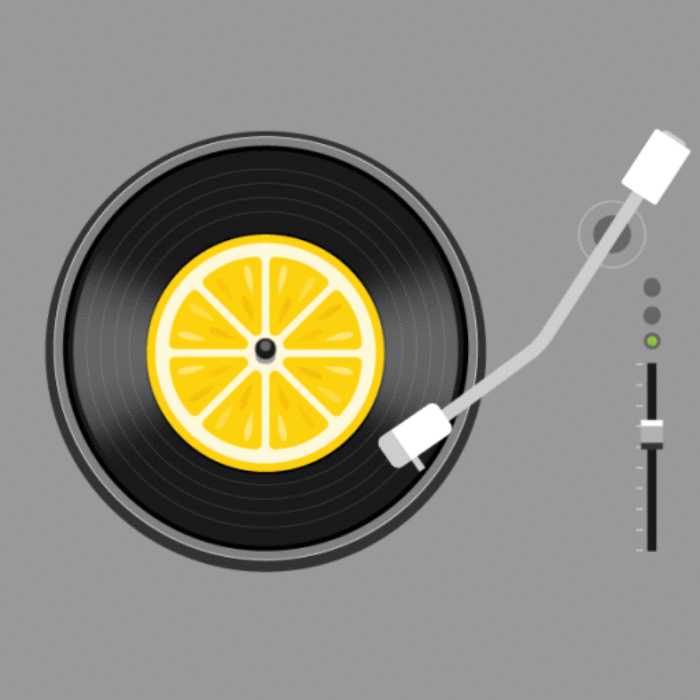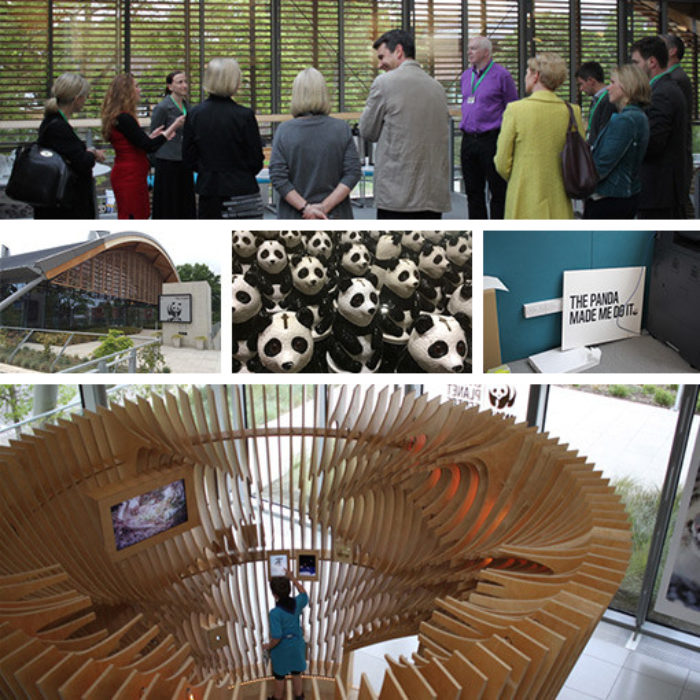The limits of fear (the Halloween motivator)
The limits of fear (the Halloween motivator)
Fear may be the most powerful motivation to act. It’s certainly the most immediate. We all know this when an overtaking car comes towards us in our lane, or a wicked spouse creeps up behind us (yeah, that’s you S!). Why? Because it feels like an immediate, close and very personal threat.
It also goes beyond an individual reaction. Fear spreads. It can become a social fear. In fact, fear may have led to the creation of early towns and cities – to protect ourselves from nearby threats. One theory is that fear even led to the development of language, as people vocalised noises to give the impression there were lots of them in a camp (so best stay away!).
Fear is also a major element in creating ‘us and them’ cultures. Trump uses fear to stir up division. Fear is a major factor in resenting people from other cultures coming into ‘our’ communities, to take ‘our’ jobs or dilute ‘our’ values.
Beyond fear
Some may argue that fear is the dominant motive or the wellspring from which other motives emerge. My take is that Halloween every day would become a dull knife. For example, the use of warning messages on cigarette packs were enhanced over time with graphic images of body parts infected by cancers. For regular smokers these messages still became background noise.
In fact, a few years ago one London borough asked us to discover what would motivate change in people who smoked, drank and ate in a way that impacted their health. We found that this was simply a lifestyle choice. They enjoyed the lives they had chosen. The factor that concerned them most was the impact their smoking, drinking and over-eating had on their ability to sleep.
We see the same pattern of being free to choose even in the face of the ostensibly ‘scary’ climate emergency. European research in 2019 showed a willingness to act on the easier areas of action: acting to recycle more, save energy, reduce food waste or take up cycling. The need to act on other issues like driving less, flying less or changing what we eat will require government action. People are less willing to act. Why? Because these changes require a choice/a trade-off between strongly held values. Many people love driving. They love to travel and explore. They like their freedom to make a choice.
Many motives
When we do act, the motive won’t be fear. It will be linked to other motives – compliance with authority, new social norms or the desire to protect lifestyles.
We see the same today with the pandemic. Fear may have persuaded some of us to stay home. But I have to say, although I’m playing safe, I don’t think you could describe my motive as fear. Fear is an intense emotion in the face of danger, pain or harm. My motive was my personal best interests and the interests of others. And today, with the second wave, we see the trade-off against other values, including satisfying our social natures and meeting up with friends and family.
Fear is a key motivator for some audiences. But it’s just one of many motives. It has the ability to grab attention, to cut through the clutter of other noises in our lives, but in my experience, it is always time-limited. Even for those moments where fear is the key motivator, with time it needs to move instead towards becoming a supporting motive.
When it comes to motivating change, perhaps it’s time to take off the Scream mask.



